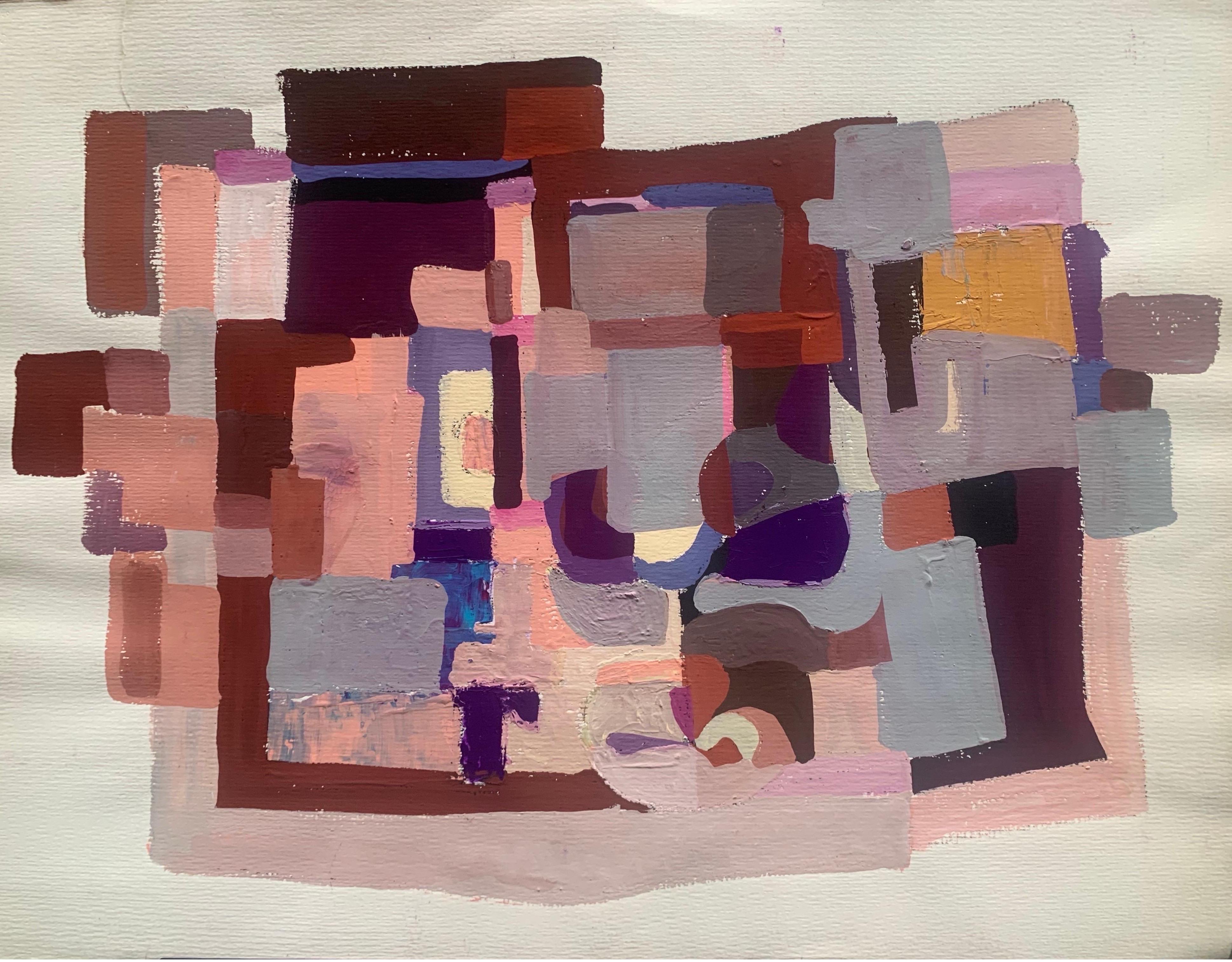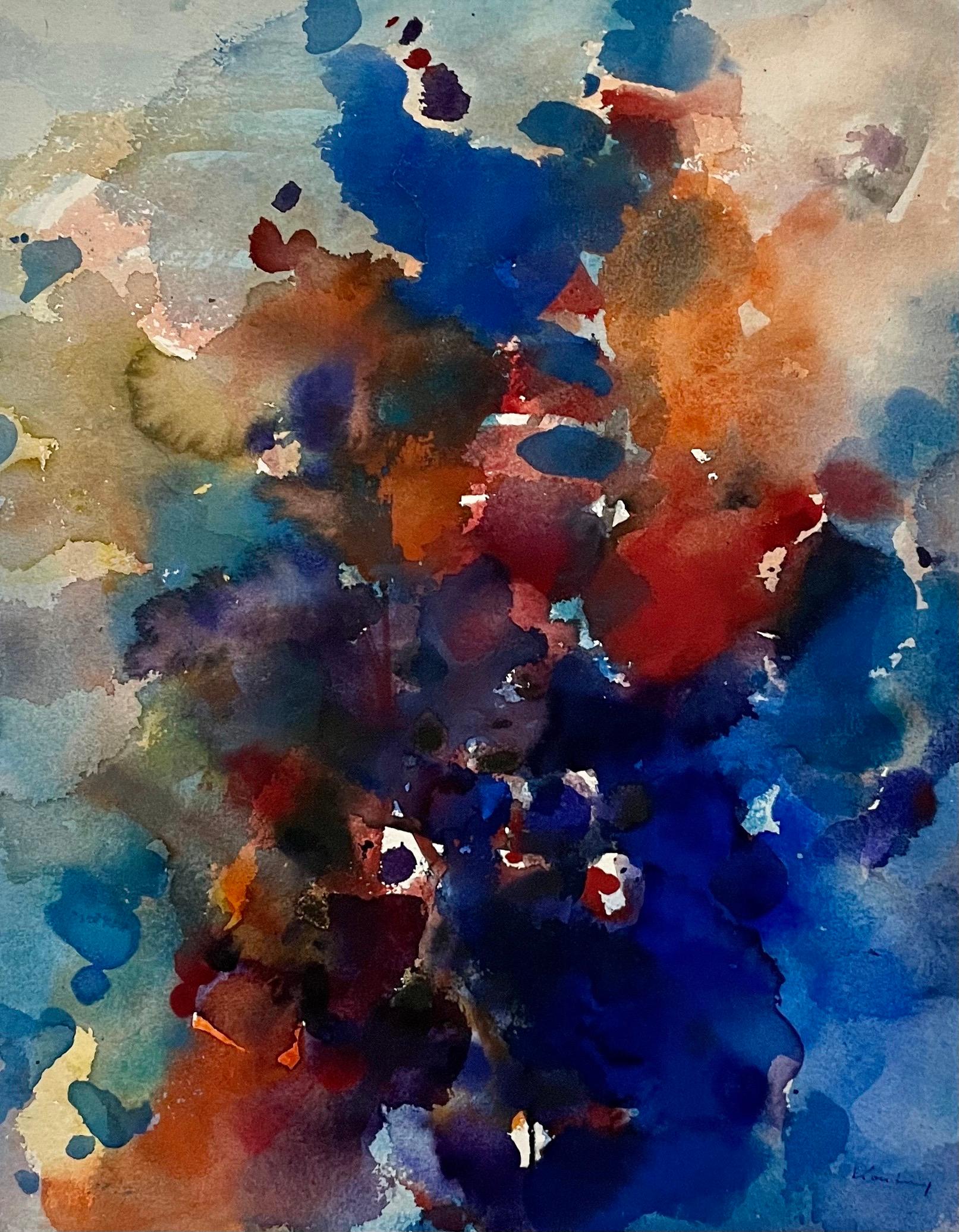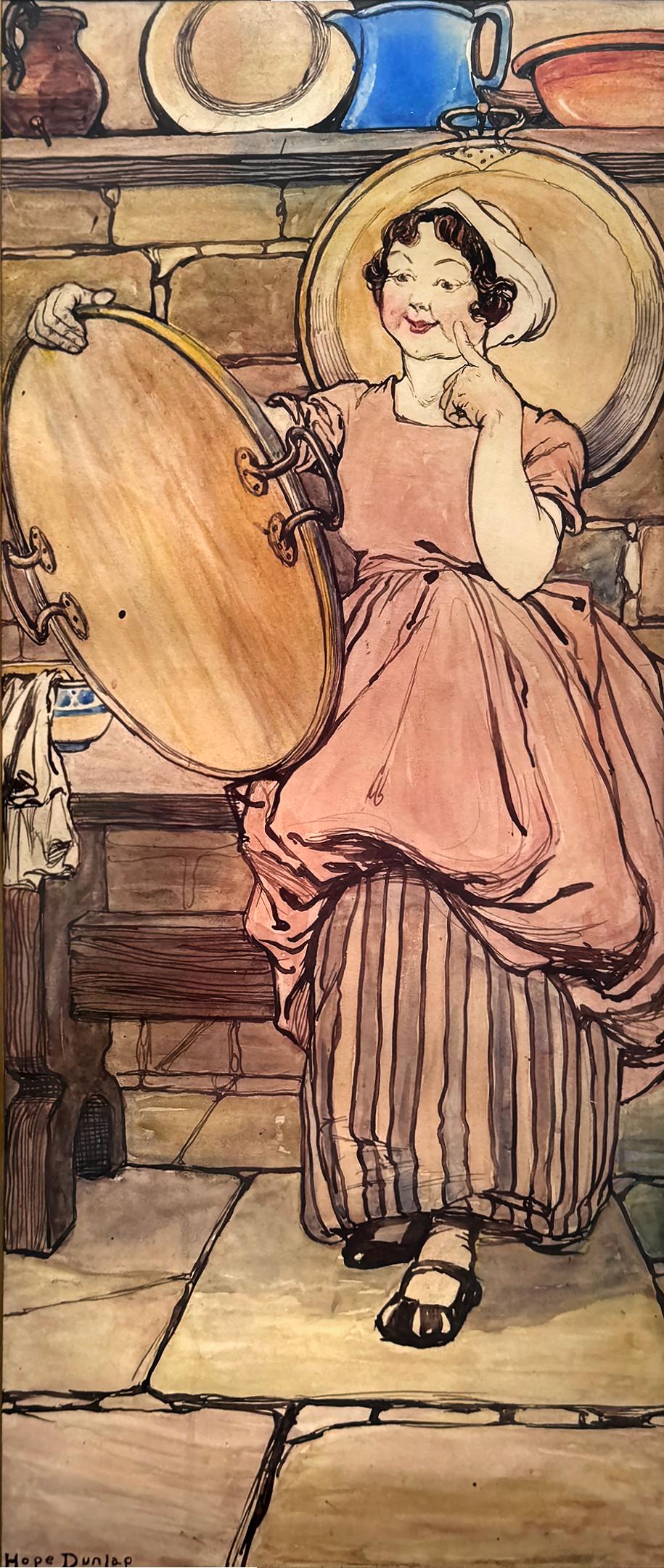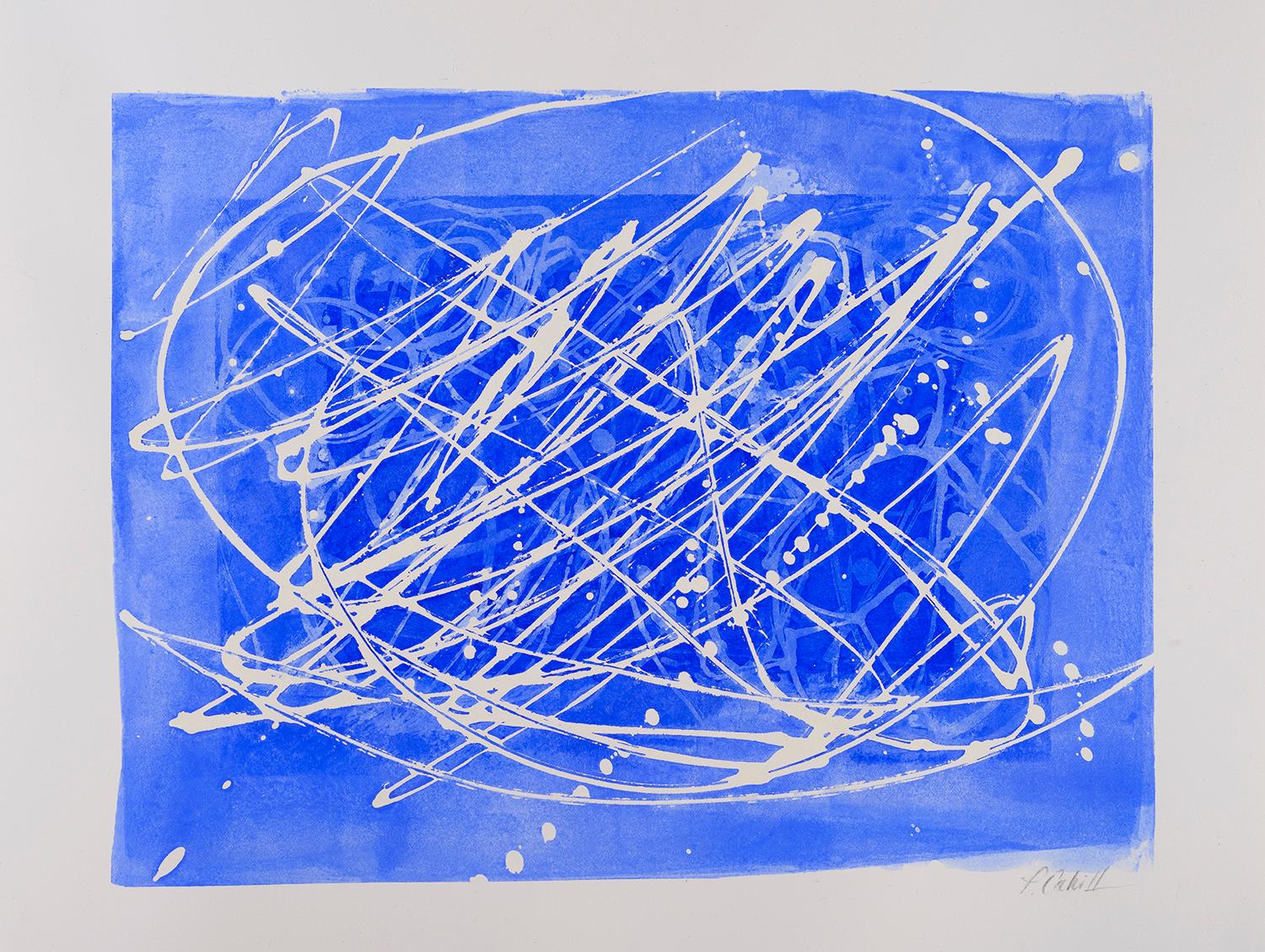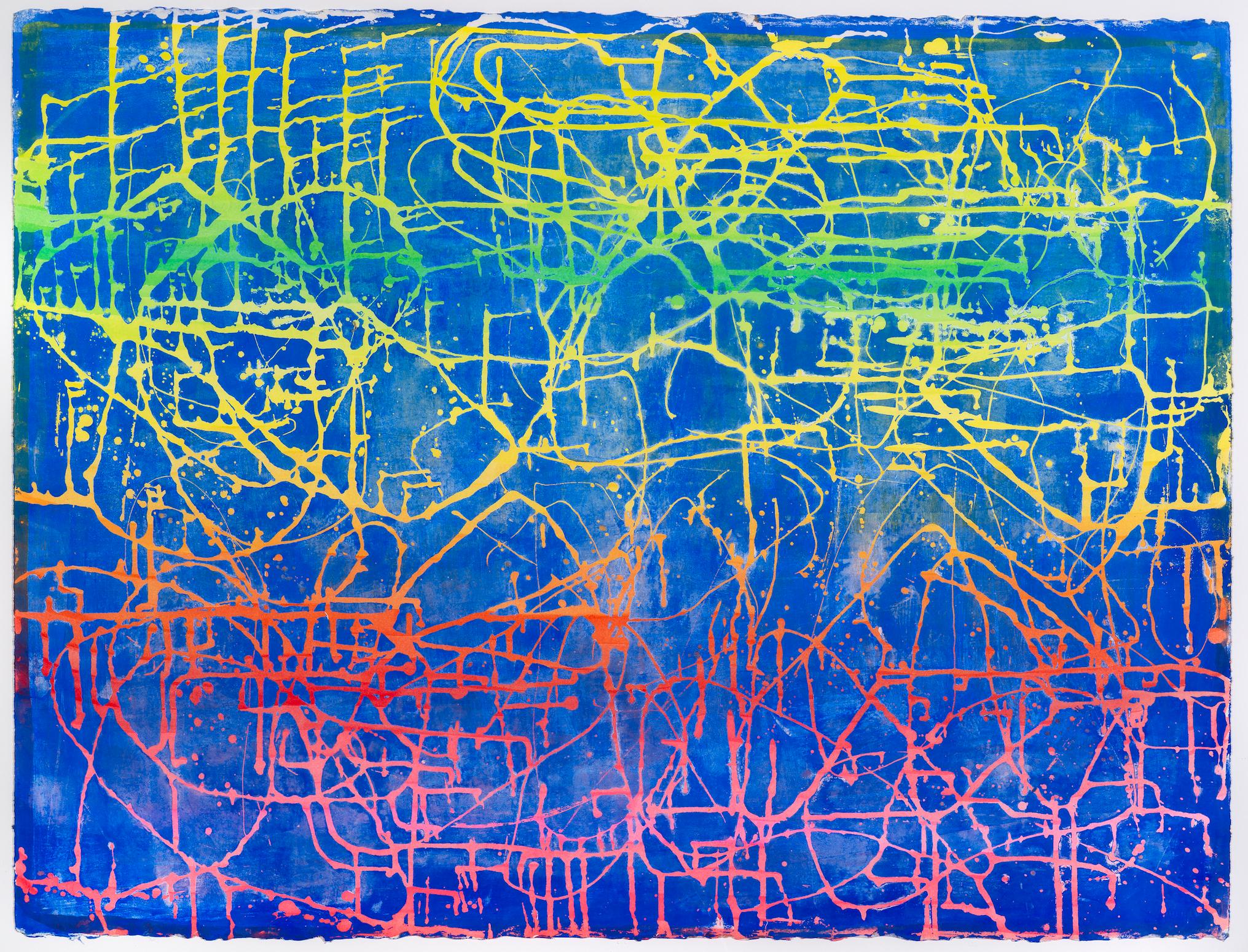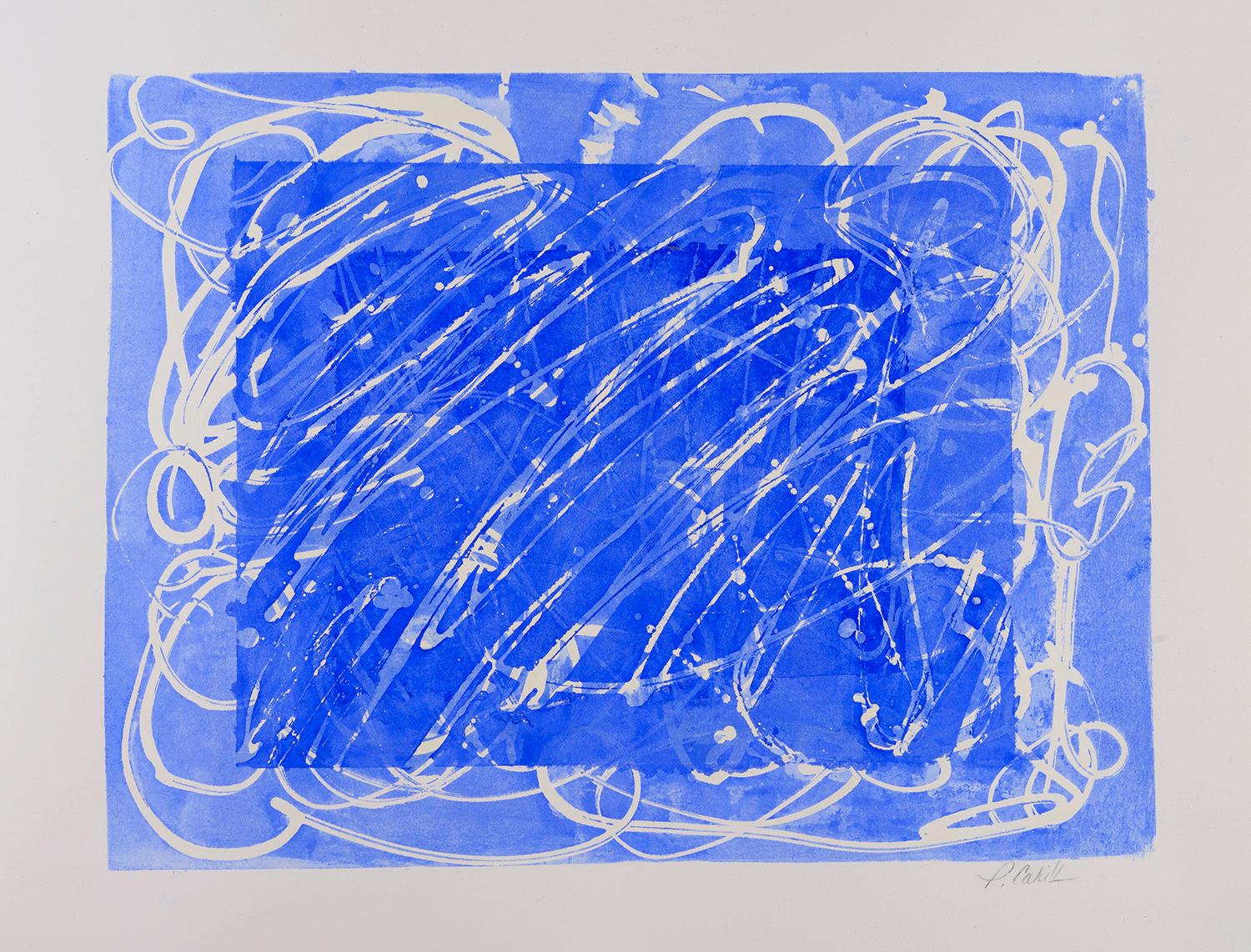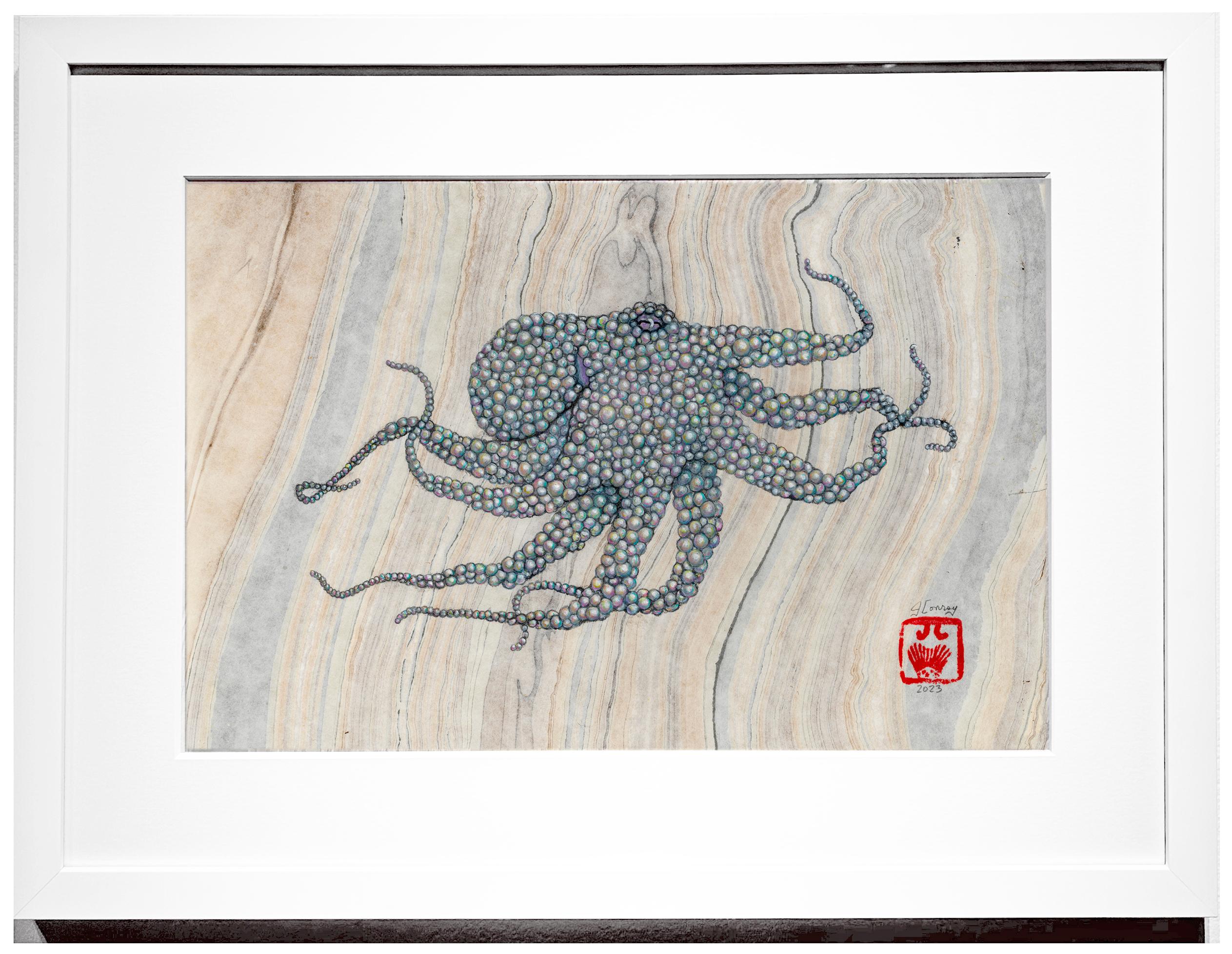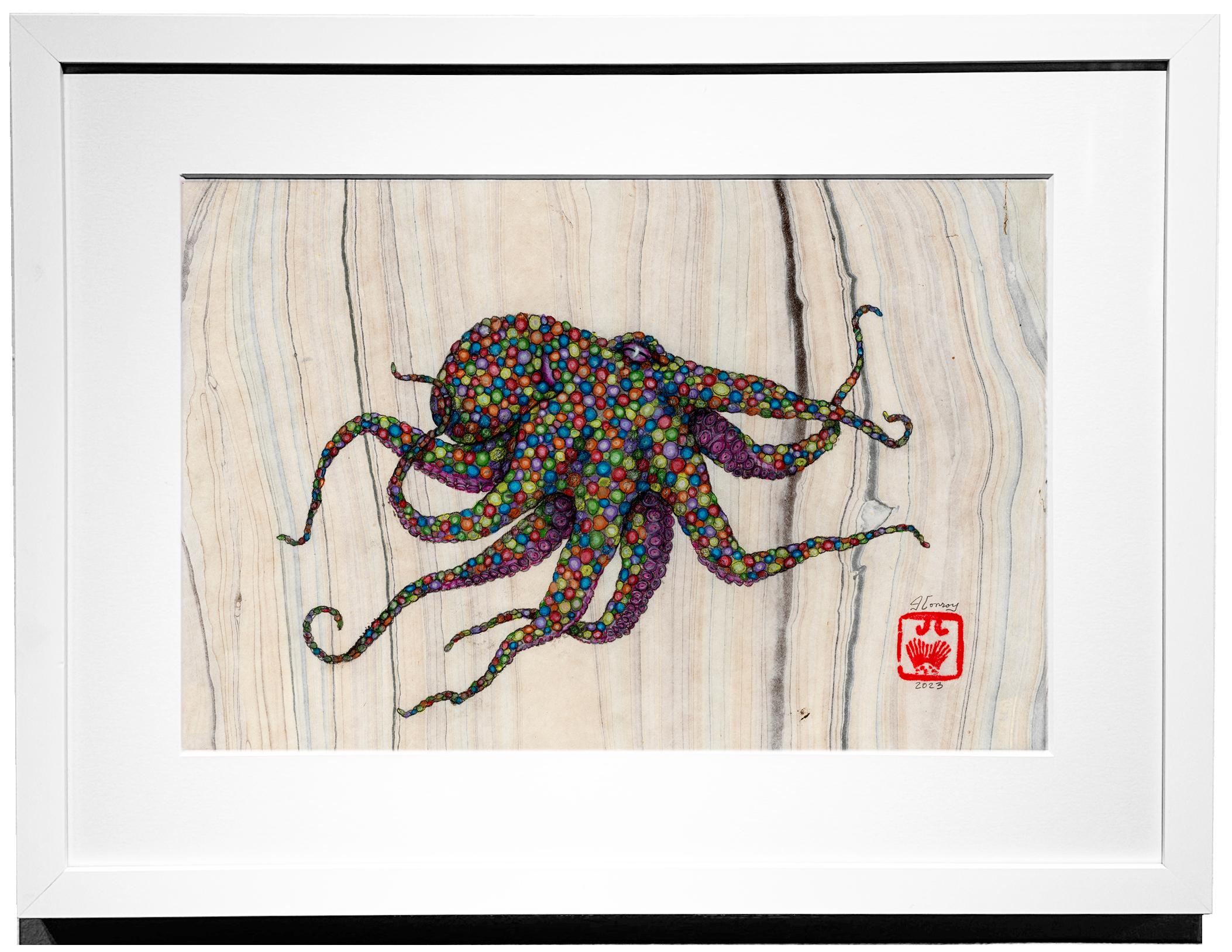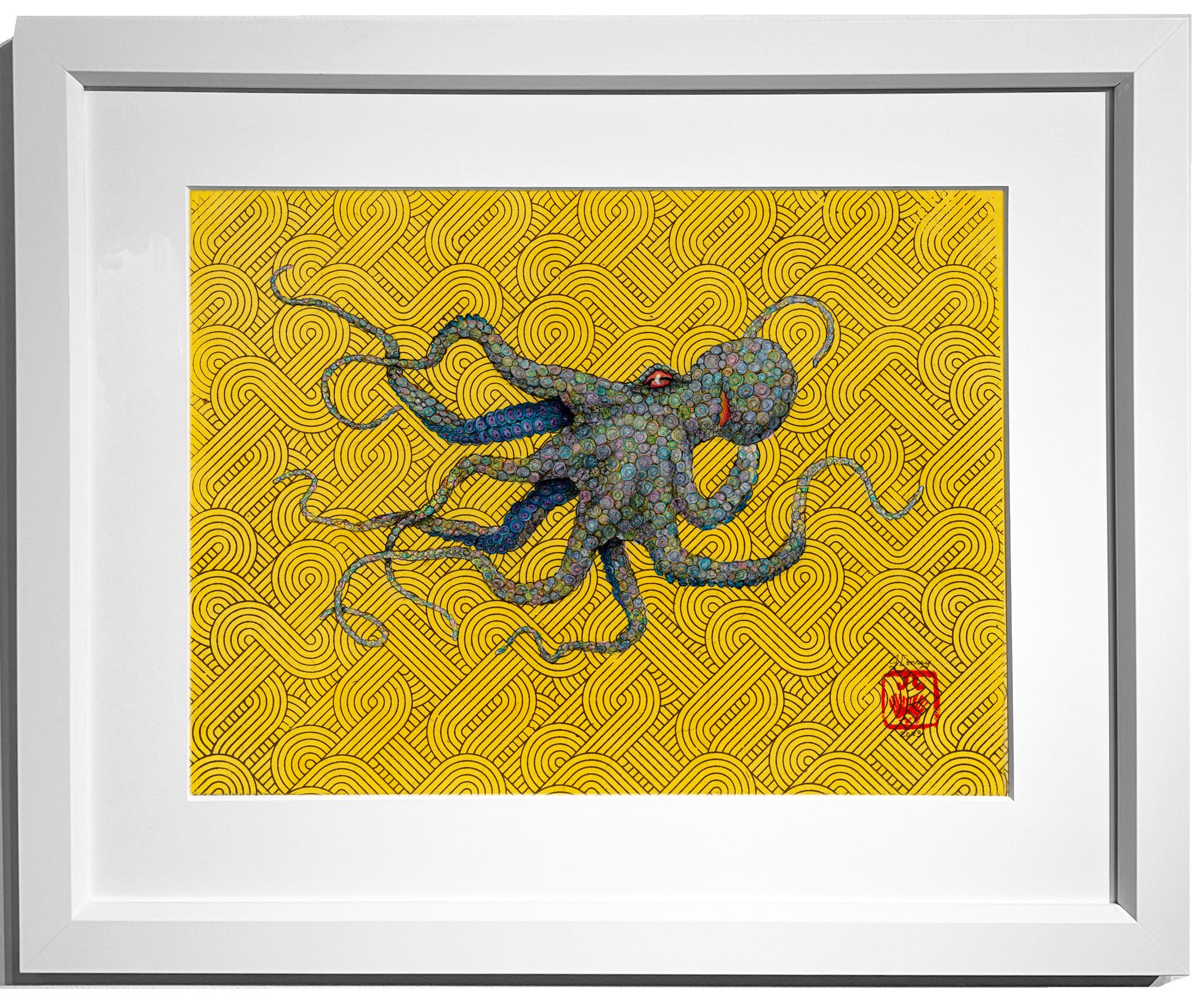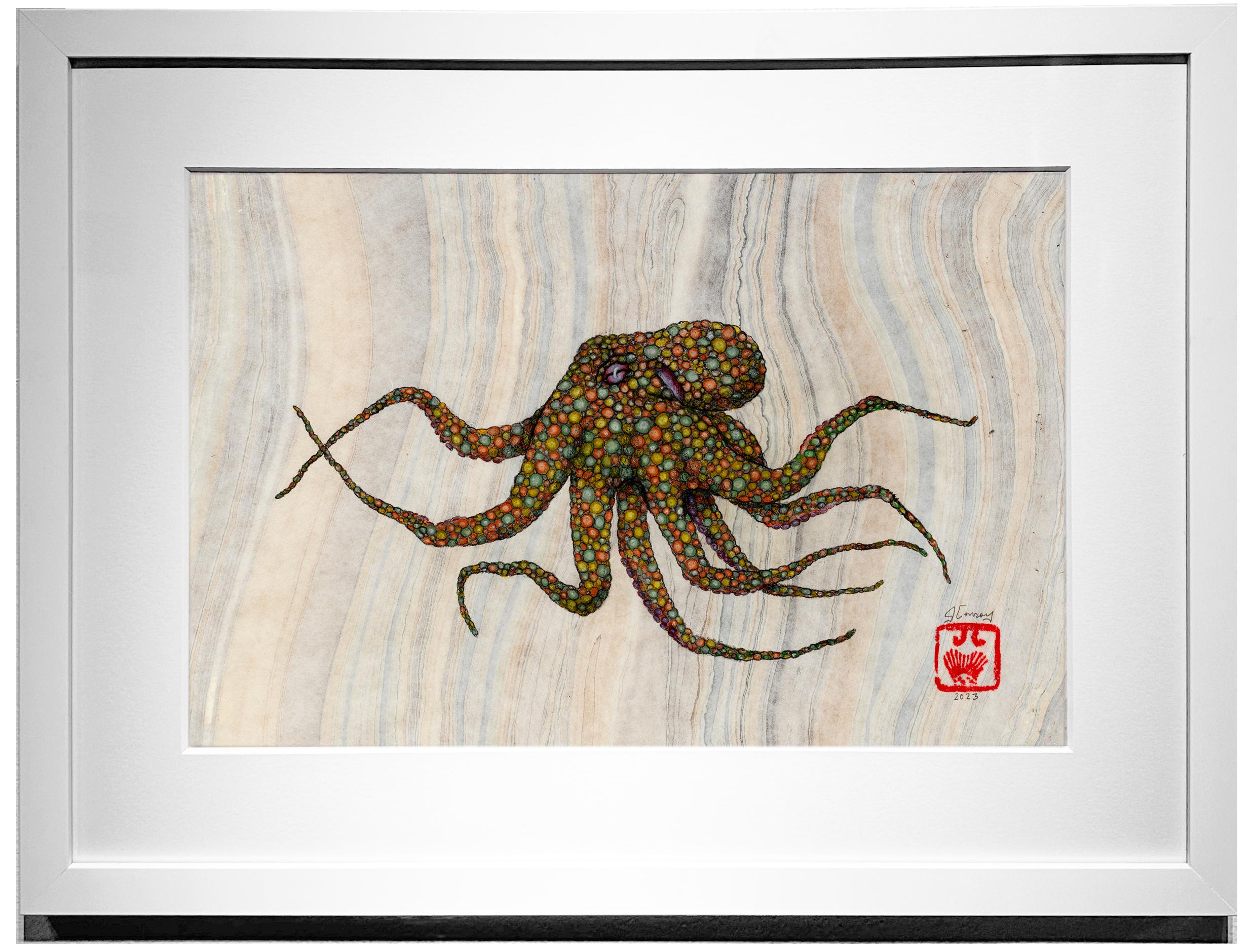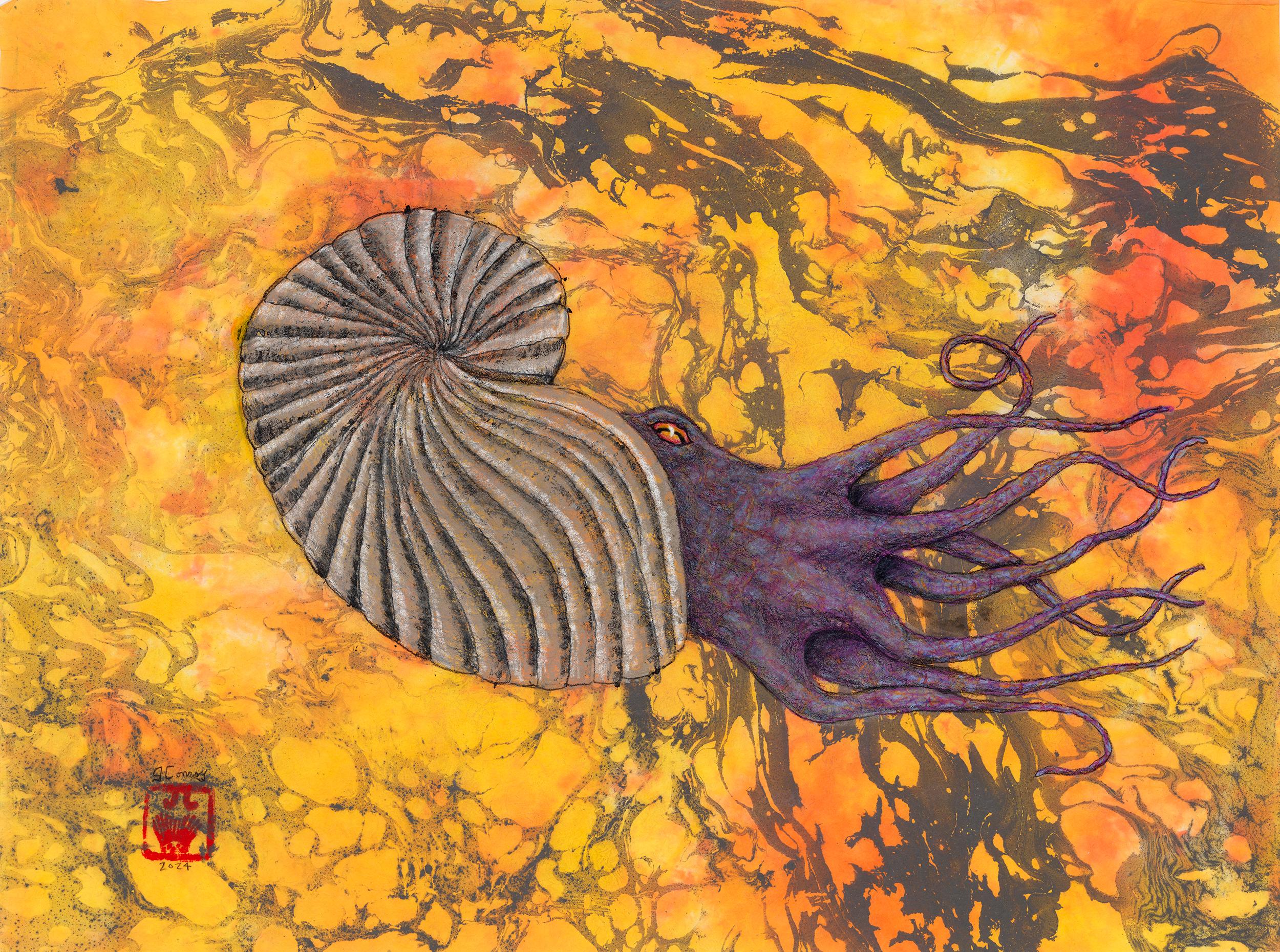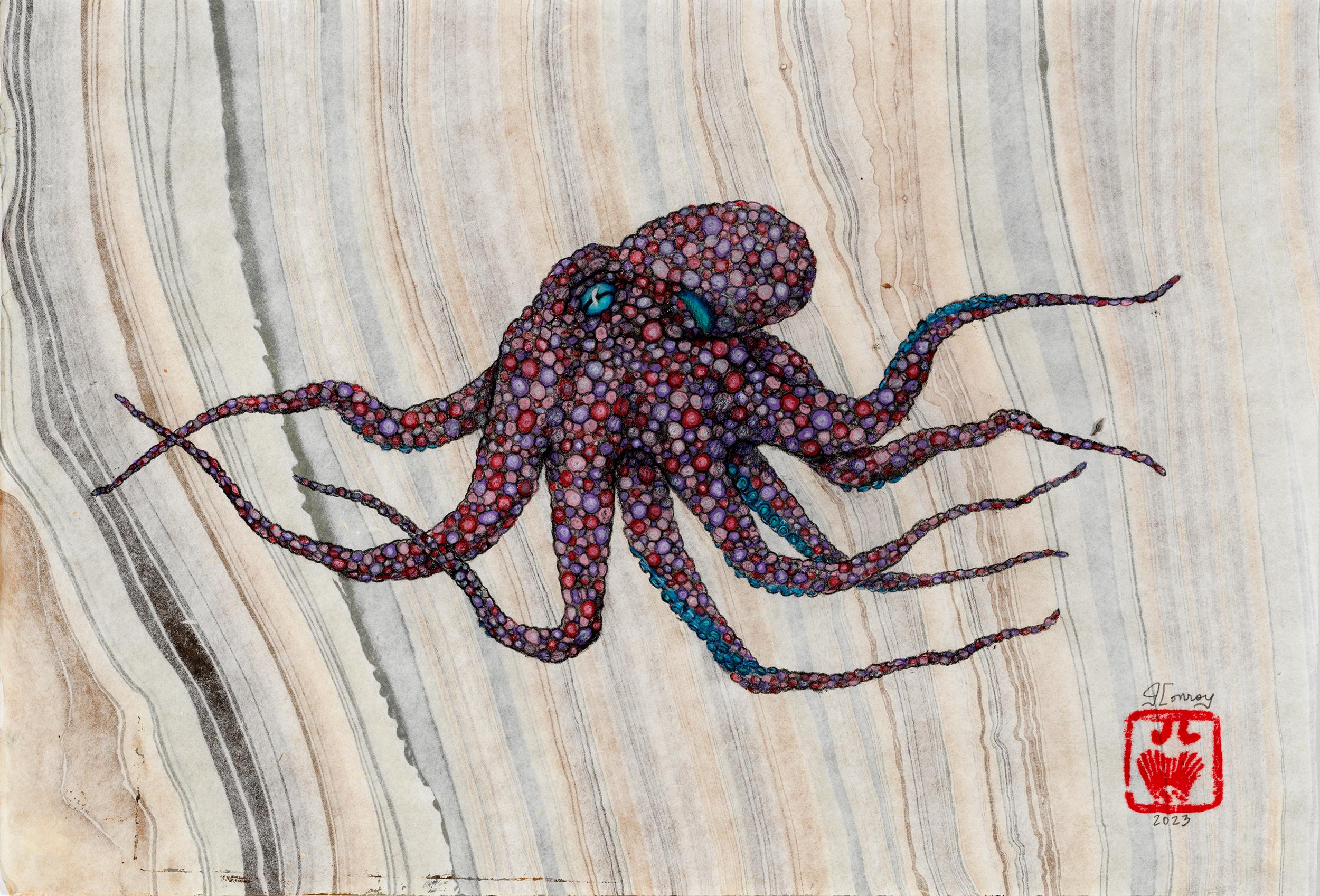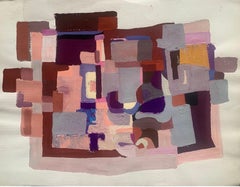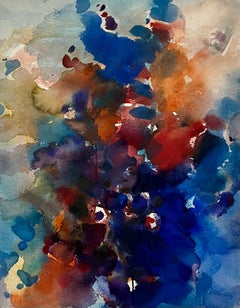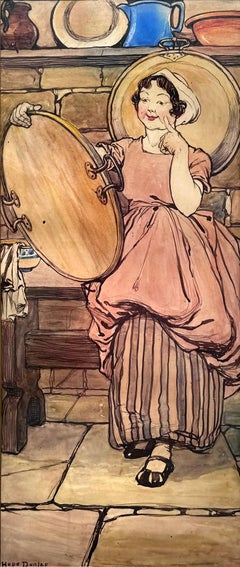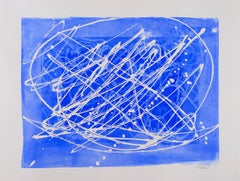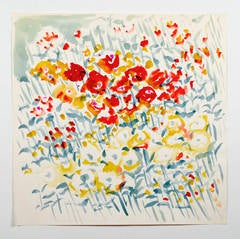
Untitled, from the "Florals" series
View Similar Items
1 of 4
Vera NeumannUntitled, from the "Florals" seriesNot dated
Not dated
$4,500List Price
About the Item
- Creator:Vera Neumann (1909 - 1993, American)
- Creation Year:Not dated
- Dimensions:Height: 24 in (60.96 cm)Width: 24 in (60.96 cm)
- Medium:
- Period:
- Condition:
- Gallery Location:New York, NY
- Reference Number:Seller: VN0411stDibs: LU558187482
Authenticity Guarantee
In the unlikely event there’s an issue with an item’s authenticity, contact us within 1 year for a full refund. DetailsMoney-Back Guarantee
If your item is not as described, is damaged in transit, or does not arrive, contact us within 7 days for a full refund. Details24-Hour Cancellation
You have a 24-hour grace period in which to reconsider your purchase, with no questions asked.Vetted Professional Sellers
Our world-class sellers must adhere to strict standards for service and quality, maintaining the integrity of our listings.Price-Match Guarantee
If you find that a seller listed the same item for a lower price elsewhere, we’ll match it.Trusted Global Delivery
Our best-in-class carrier network provides specialized shipping options worldwide, including custom delivery.You May Also Like
Abstract Geometric Composition. Second half of the 20th century
Located in Firenze, IT
Abstract Geometric Composition
Date: Second half of the 20th century
Medium: Gouache on paper
Dimensions: H 50 cm x W 65 cm approx.
Description: Modular geometric structure with ove...
Category
Late 20th Century Abstract Geometric Abstract Paintings
Materials
Paper, Gouache
$200 Sale Price
20% Off
Modernist Abstract Expressionist Watercolor Painting Bauhaus Weimar Artist
By Pawel Kontny
Located in Surfside, FL
Abstract watercolor composition bearing the influence of the earlier color-block compositions of Paul Klee and Abstract Expressionist master Sam Francis.
Pawel August Kontny, (Polish-German-American artist) He was born in Laurahuette, Poland, in 1923, the son of a wealthy pastry shop owner. In 1939 he began studying architecture in Breslau where he was introduced to the European masters and to the work of some of the German Expressionists, soon afterward banned as "degenerate artists" and removed from museums throughout Germany by the Nazi regime. His studies were interrupted by World War II. Drafted into the German army, traveling in many countries as a soldier, he sketched various landscapes but in 1945, he was captured and held as a prisoner of war in Italy. After the war, he studied at the Union of Nuremberg Architects to help design buildings to replace ones destroyed in the war. He recorded his impressions of the local population and the landscapes through his watercolors and drawings. Pawel Kontny thereafter moved to Nuremberg, Germany, becoming a member of the Union of Nuremberg Architects and helping to rebuild the city's historic center. He soon decided to concentrate on his professional art career. He married Irmgard Laurer, a dancer with the Nuremberg Opera. Pavel Kontny 's career as an artist was launched with his participation in an all German exhibition, held at the Dusseldorf Museum in 1952. He held one-man shows in Germany, Switzerland and the United States. During his trip to the United States in 1960, Kontny became instantly enamored with Colorado, and decided to relocate to Cherry Hills with his wife and two children. He quickly established himself in the local art community, being affiliated for a time with Denver Art Galleries and Saks Galleries. His subject matter became the Southwest. During this time he received the Prestigious Gold Medal of the Art Academy of Rome. His extensive travel provided material for the paintings he did using his hallmark marble dust technique. he also worked equally in pastel, watercolor, charcoal and pencil-and-ink. in a style which merged abstraction and realist styles, influenced by Abstract Expressionist painting and South Western American landscapes. In the early 1960s he was one of only a few European-born professional artists in the state, a select group that included Herbert Bayer (1900-1985), a member of the prewar Bauhaus in Weimar and Dessau, Germany, and Roland Detre...
Category
20th Century Abstract Expressionist Abstract Drawings and Watercolors
Materials
Watercolor, Archival Paper
"The Poor Little Bridesmaid" - Female Illustrator - Golden Age of Illustration
Located in Miami, FL
"The poor little bridesmaid ... in her pink cotton gown ... though doubtless, there never was such a pretty girl."
A kitchen scene is depicted with a young bridesmaid admiring her f...
Category
1910s American Realist Figurative Drawings and Watercolors
Materials
Watercolor, Paper, India Ink, Pen
02H20: blue & white abstract expressionism painting/drawing on paper, framed
By Paula Cahill
Located in Bryn Mawr, PA
This is an abstract framed work on paper with blue and white gestural, expressive lines. The work itself measures 10" x 13" and is framed with white mat and simple, contemporary whit...
Category
2010s Abstract Abstract Paintings
Materials
Gouache, Archival Paper
Night Rodeo - contemporary abstract painting w/ yellow, green, red lines on blue
By Paula Cahill
Located in Bryn Mawr, PA
Paula Cahill's linear abstract compositions are often comprised of a single, luminous line that meanders, changes color, and seamlessly connects back to itself. This painting combine...
Category
2010s Abstract Abstract Paintings
Materials
Gouache, Archival Paper
Gilded: abstract expressionist blue & white painting/drawing on paper, framed
By Paula Cahill
Located in Bryn Mawr, PA
Free shipping with code ART2021SHIP through December! This is an abstract framed work on paper with blue and white gestural, expressive lines. The work itself measures 10" x 13" and ...
Category
2010s Abstract Abstract Paintings
Materials
Gouache, Archival Paper
Recently Viewed
View AllMore Ways To Browse
Vera Neumann Vintage
Male Nude Drawings
Watercolour Paintings 19th 20th Century
Oil Pastel Landscapes
Watercolor Paintings Lady
Pen And Ink Landscape Drawings
Ink Drawing On Paper Modern Abstract
Watercolour Caricatures
Watercolor Long Island
Watercolors Provence
English Watercolor Study
Stained Glass Watercolour
Watercolor Rendering
Pastel Drawing Woman
Preparatory Drawing
Male Figure Drawing
Pen And Ink Portraits
Antique Chinese Watercolours
